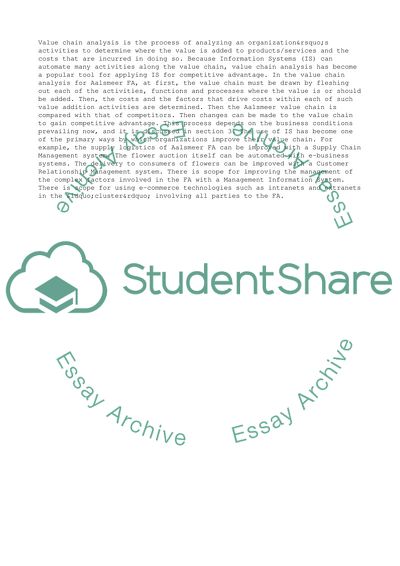Cite this document
(The Business Situation for Aalsmeer FA and the Change-Drivers Research Paper, n.d.)
The Business Situation for Aalsmeer FA and the Change-Drivers Research Paper. Retrieved from https://studentshare.org/business/1737116-information-systems
The Business Situation for Aalsmeer FA and the Change-Drivers Research Paper. Retrieved from https://studentshare.org/business/1737116-information-systems
(The Business Situation for Aalsmeer FA and the Change-Drivers Research Paper)
The Business Situation for Aalsmeer FA and the Change-Drivers Research Paper. https://studentshare.org/business/1737116-information-systems.
The Business Situation for Aalsmeer FA and the Change-Drivers Research Paper. https://studentshare.org/business/1737116-information-systems.
“The Business Situation for Aalsmeer FA and the Change-Drivers Research Paper”, n.d. https://studentshare.org/business/1737116-information-systems.


